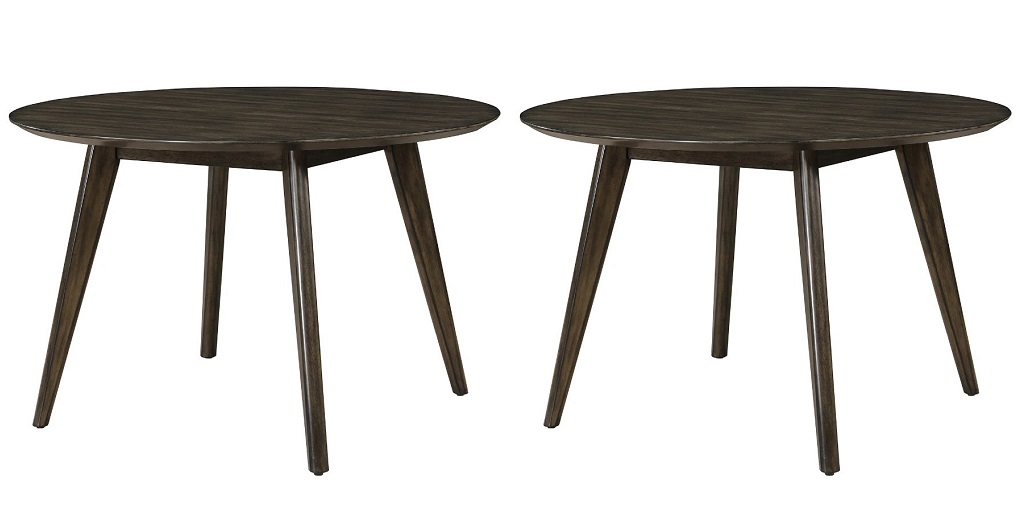
In a world driven by prototyping, customization, and rapid product development, more and more hobbyists, engineers, and entrepreneurs are taking manufacturing into their own hands. One of the most impressive and empowering tools in a DIY workshop is the DIY injection molding machine.
This type of setup allows you to create plastic parts at home or in a small shop, using real thermoplastics and reusable molds. Whether you’re a maker looking to produce custom parts, a small business prototyping products, or just curious about how plastic parts are made, building your own injection molding machine opens the door to a whole new level of fabrication.
In this guide, we’ll explore what a DIY injection molding machine is, how it works, what it takes to build one, and what you can do with it once it’s up and running.
What Is a DIY Injection Molding Machine?
An injection molding machine is a device that heats plastic pellets until they melt, then injects the molten plastic into a mold under pressure. Once cooled, the mold opens and the solid plastic part is ejected — ready for use.
A DIY injection molding machine performs the same basic function but is built from affordable materials and components, often using basic tools, off-the-shelf parts, and a healthy dose of ingenuity. These machines are typically small, manually operated (or semi-automatic), and perfect for low-volume production or prototyping.
Why Build Your Own Injection Molding Machine?
Creating your own injection molding setup isn’t just about saving money — it’s about control, experimentation, and accessibility. Here are a few reasons people are diving into DIY molding:
1. Low-Cost Prototyping
Sending a design to a professional molder can cost hundreds to thousands of dollars. A DIY machine allows you to test and iterate on your designs without breaking the bank.
2. Customization & One-Off Parts
Whether you need replacement knobs, custom enclosures, or one-of-a-kind parts for a hobby project, molding them yourself means no minimum order quantities or long waits.
3. Hands-On Learning
Understanding the molding process deepens your design skills and manufacturing knowledge. It’s ideal for students, tinkerers, and STEM educators.
4. Small Business Manufacturing
Many small businesses have used DIY injection molding to create niche products — everything from soap molds to 3D printer parts — with full control over the process.
How a DIY Injection Molding Machine Works
The typical DIY injection molding machine consists of a few basic components:
🔥 1. Heated Barrel
This is where plastic pellets (usually recycled or virgin thermoplastic) are melted. It’s often made from steel pipe or a modified metal tube with heating elements like cartridge heaters wrapped around it.
🔩 2. Injection Plunger or Screw
Once the plastic is melted, a plunger (manually operated or powered by a lever or pneumatic system) forces the plastic into the mold cavity. Some DIY setups even incorporate auger screws for semi-automatic feed.
🧱 3. Mold Clamp System
The mold must be held tightly shut under pressure to avoid flash (plastic leaking out of the mold). Most hobbyist machines use bolts, clamps, or a toggle system to keep the mold secure during injection.
🧊 4. Cooling Time
After injection, the mold cools down, either naturally or with assistance from a fan or water lines. Once cooled, the part is manually ejected.
What You Need to Build a DIY Injection Molding Machine
Here’s a simplified list of materials and tools that many makers use to build a functional molding machine:
Basic Materials:
- Steel or aluminum pipe for the barrel
- Cartridge or band heaters
- Thermocouples and temperature controller
- Manual or hydraulic press (or a lever-operated system)
- Aluminum blocks for molds
- Thermoplastic pellets (ABS, HDPE, PP, etc.)
Tools Required:
- Drill press or CNC for making molds
- Metal cutting tools (angle grinder, hacksaw, or bandsaw)
- Welder (for frame construction if needed)
- Heat-resistant gloves and safety gear
Optional upgrades may include:
- Pneumatic injection systems
- Mold cooling systems
- Mold release spray
- PID temperature controllers for better heat regulation
Making Your First Mold
Molds are the heart of injection molding. For DIY use, they’re usually made of aluminum due to its low cost and good machinability. You can either:
- CNC-machine the mold for precision parts.
- Drill and file by hand for basic shapes.
- Use silicone molds (for low-pressure molding only).
Start with a simple mold design: a keychain, gear, or button. Avoid complex undercuts and thin walls until you get more comfortable with the process.
What You Can Make with a DIY Injection Molding Machine
Once your machine is up and running, the possibilities are endless. Here are some real-world applications:
🛠️ Hobbyist Projects
- Model parts (RC vehicles, robots)
- Custom enclosures for electronics
- Replacement parts for vintage equipment
🧪 Prototyping
- Functional test pieces for product design
- Concept validation for inventors and entrepreneurs
🧼 Crafting & Etsy Stores
- Soap molds, wax molds, and resin casting forms
- Custom-designed trinkets and home goods
🖨️ 3D Printer Accessories
- Filament guides, clips, fan shrouds, and mounting parts
🔧 Small Batch Production
- Limited run products for startups
- Spare parts for internal company use
Tips for DIY Injection Molding Success
- Start with simple molds. Avoid multi-part assemblies or moving parts until you understand the basics.
- Use a consistent plastic type. Some thermoplastics require different temperatures and pressures.
- Clean your machine regularly. Buildup can clog your barrel or cause poor-quality parts.
- Invest in a good temperature controller. This improves consistency and prevents overheating.
- Always prioritize safety. You’re working with hot plastic and high pressure — gloves, goggles, and ventilation are a must.
Limitations of DIY Injection Molding
While powerful, DIY machines aren’t without their drawbacks:
- Lower clamping force: You won’t be able to mold large parts or high-precision components.
- Manual effort: Most machines are hand-operated, limiting cycle speed.
- Learning curve: It takes trial and error to dial in temps, pressures, and timing.
- Not suitable for complex molds: Side actions, cores, and ejector systems are difficult to implement.
That said, these limits are perfect for learning and low-volume production — and many makers eventually scale up to professional equipment.
Final Thoughts: Is a DIY Injection Molding Machine Right for You?
If you’re passionate about making things, love solving mechanical challenges, or need an affordable way to prototype or manufacture plastic parts, a DIY injection molding machine could be the ultimate addition to your workshop.
It brings the power of plastic manufacturing to your garage, enabling innovation, learning, and small business opportunities. Best of all, it gives you complete control over your ideas — from concept to physical product.






